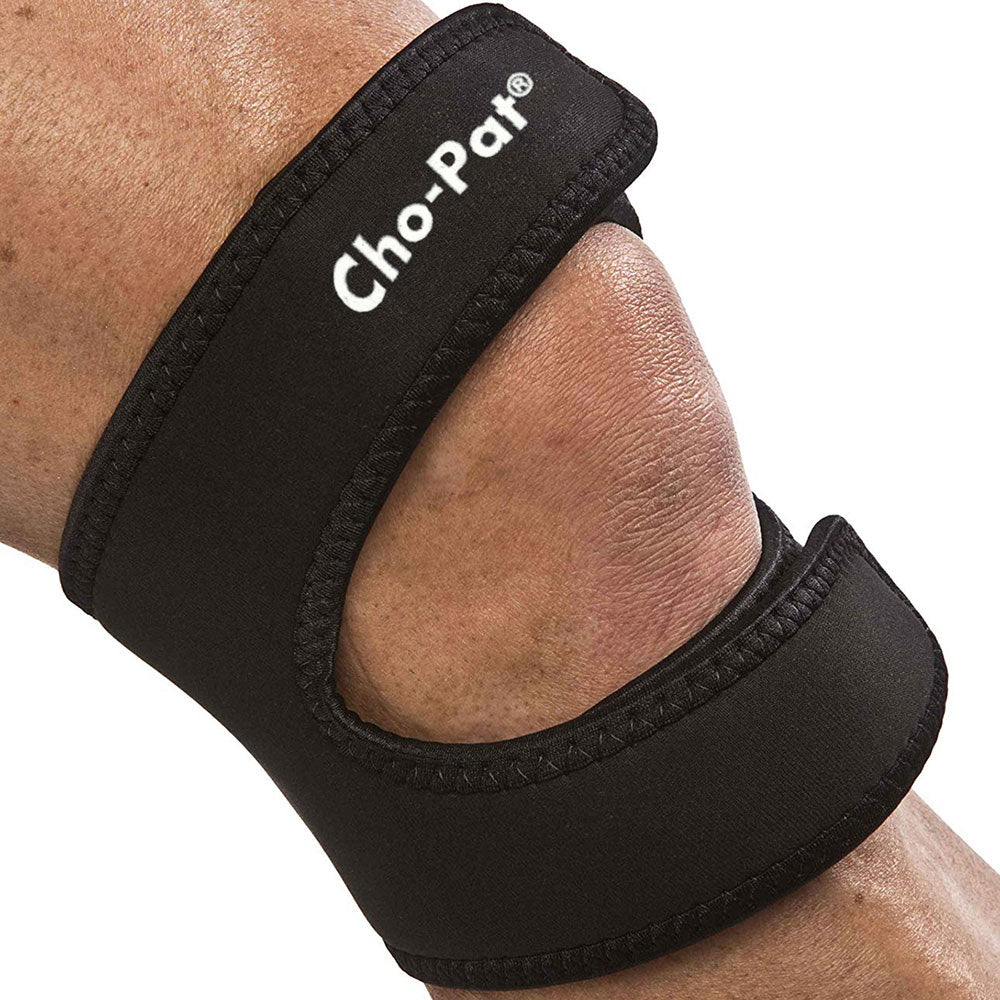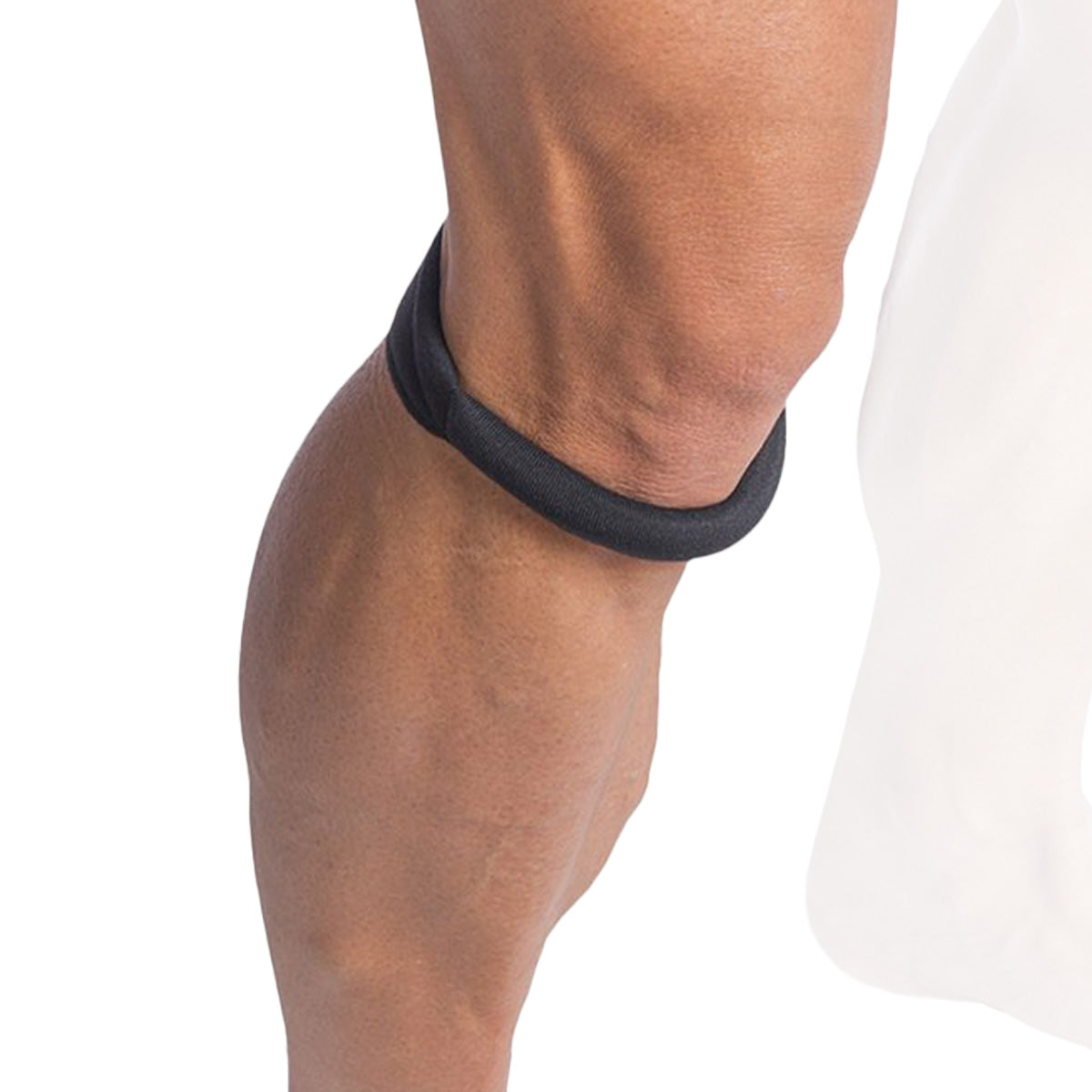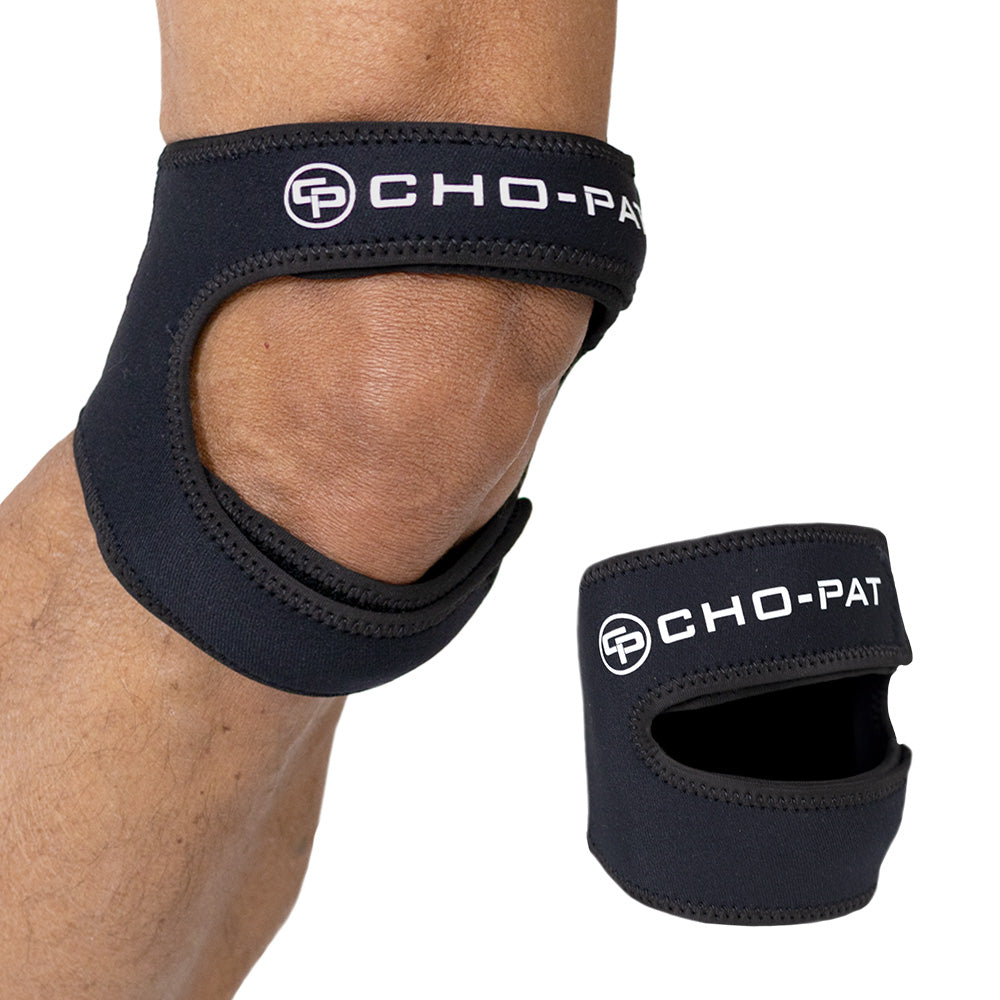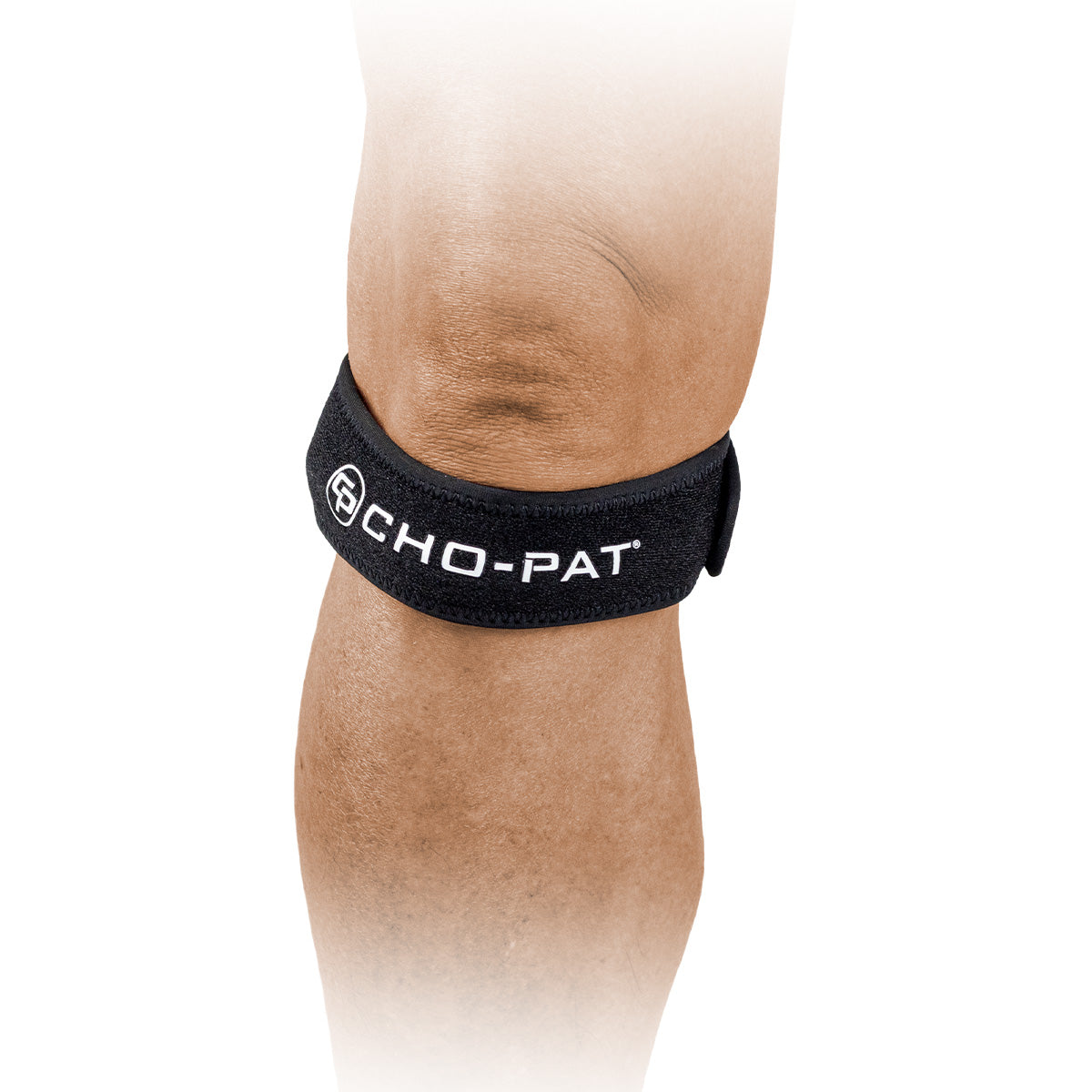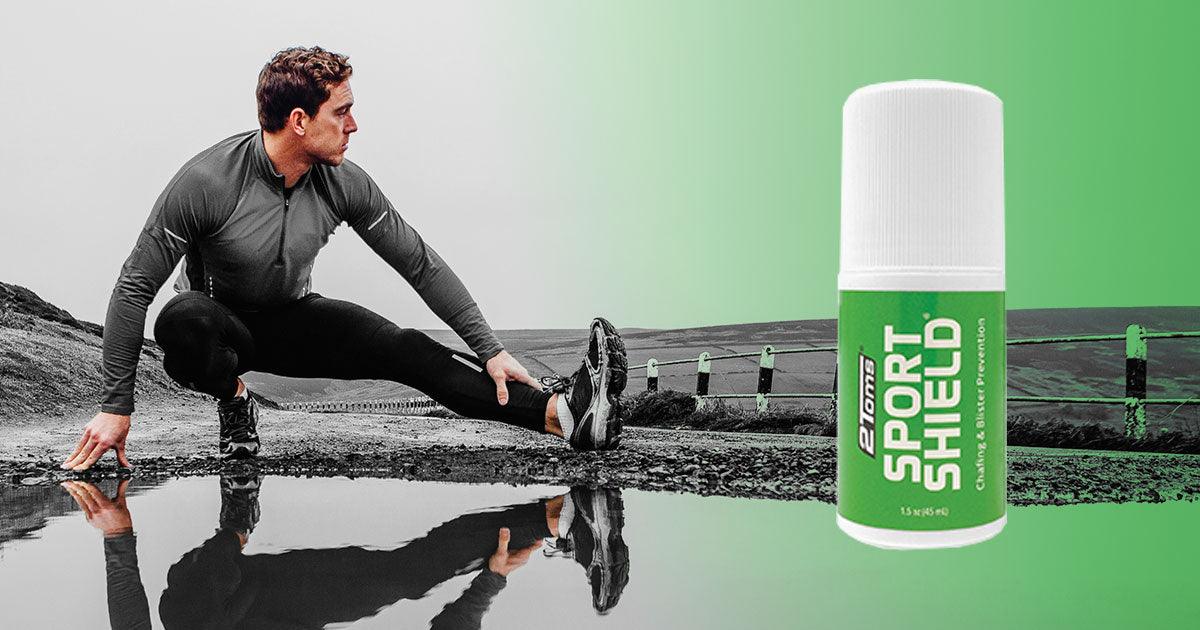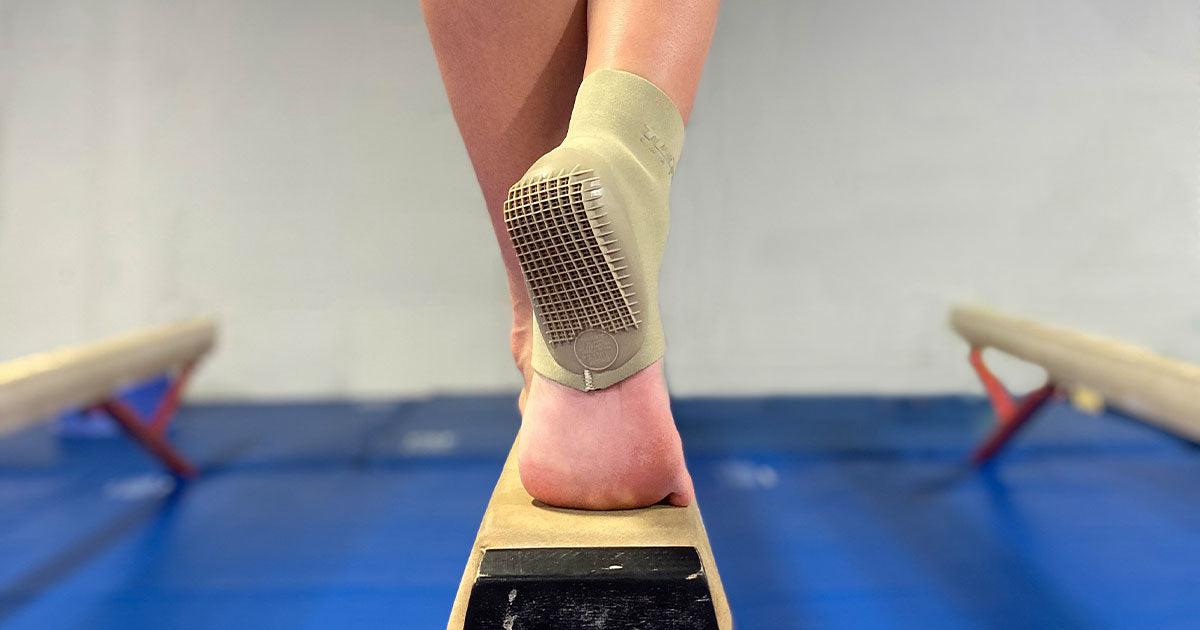A minor meniscus is one of the most common knee injuries in the U.S., affecting more than 200,000 Americans each year. While common and in some cases, debilitating, taking the treatment of an injured meniscus seriously may be key to avoiding long-term complications. Several at-home remedies can provide immediate relief, including using a knee support, rest, and ice.
The meniscus is a cartilage inside your knee that provides cushioning between your tibia (shinbone) and your femur (thighbone). Unfortunately, the cartilage can become damaged by contact, pressure, and forced rotation or twisting. While athletes are more commonly affected by this form of knee injury, anyone can suffer from an injured meniscus.
Causes of a Minor Meniscus Knee Injuries
Any activity involving aggressive pivoting, twisting, and rotating of the knee can result in an injured meniscus. Athletes are at exceptionally high risk for this type of knee injury, especially those that play in contact sports (soccer, football, etc.) or involve pivoting (basketball, tennis, etc.).
Older adults are also more prone to this type of knee injury. Falls and degenerative changes of the knee can contribute to or directly result in a minor meniscus injury. Obesity also increases an individual's chances of suffering an injured meniscus due to the extra strain placed on the body.
Symptoms of an Injured Meniscus
The symptoms of an injured meniscus include:
- Popping sensations in your knee
- Swelling or stiffness
- Pain, especially when rotating or twisting
- Feeling as though your knee is "locked in place" or difficulty fully straightening it
- Feeling as though your knee will give way
- Difficulty bending your knee or walking
Specific treatments, such as using a knee support, can relieve common minor meniscus injury symptoms while recovering.
Treatment Options for a Minor Meniscus INjury
There are several treatment options for a minor meniscus injury, but the best treatments will primarily depend on the tear's severity and location. The most severe meniscal tears often require surgery, but several at-home treatment options can be used for more minor tears.
- Resting your knee: It is essential that you limit your activities and give your knee time to rest. When you have to walk, use a knee support, crutches, or other compression or supportive device. Avoid impact activities such as running and jumping.
- Ice your knee: Ice can help reduce swelling and pain. After a knee injury, ice your knee for about 15 to 20 minutes every 3 to 4 hours until the swelling and pain are gone.
- Elevate your knee: When sitting or lying down, place a pillow beneath your heel to help elevate your knee.
- Stretching and strengthening exercises: Targeted strengthening and stretching exercises can help treat an injured meniscus and help prevent further knee injuries in the future.
Will a Knee Support Help a Minor Meniscus Injury?
A knee support can be used to treat and alleviate the symptoms of a minor meniscus injury. The Cho-Pat Knee Stabilizer provides complete support to your knee cap to keep your joints in the proper position, providing symptomatic relief of chronic and acute pain, and speeds up your recovery.
This knee support can be used to treat and prevent an injured meniscus and other knee injuries, including overuse syndrome, weak and arthritic knees, and patellar tendonitis.
Do you have questions about the Cho-Pat Knee Stabilizer? Contact us today to learn more about our products and pain solutions.
KNEE SUPPORT PRODUCTS
OTHER RELATED TOPICS:
HOW TO CHOOSE THE RIGHT KNEE SUPPORT FOR RUNNERS
RUNNER’S KNEE: IMMEDIATE RELIEF & LONG-TERM HEALING
KNEE PAIN: SOLUTIONS TO PREVENT RUNNER’S KNEE
EVERYTHING YOU NEED TO KNOW ABOUT RUNNER'S KNEE
HOW YOU CAN COMBAT THE EFFECTS OF RUNNER’S KNEE
PLEASE NOTE: The information on this website and article is for information only and should not be used as a substitute for consulting your doctor. Consult your doctor for proper diagnosis and rehabilitation.








